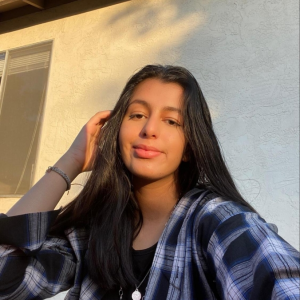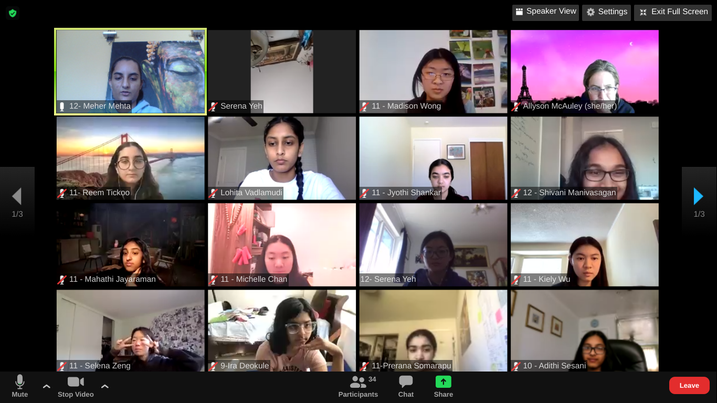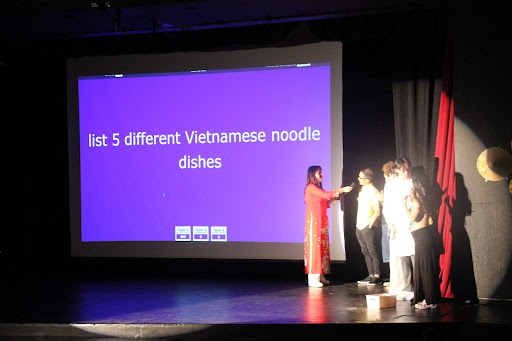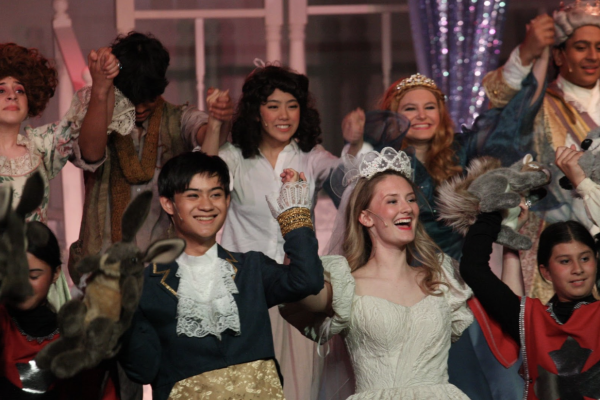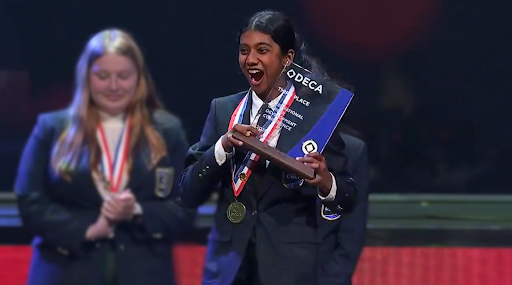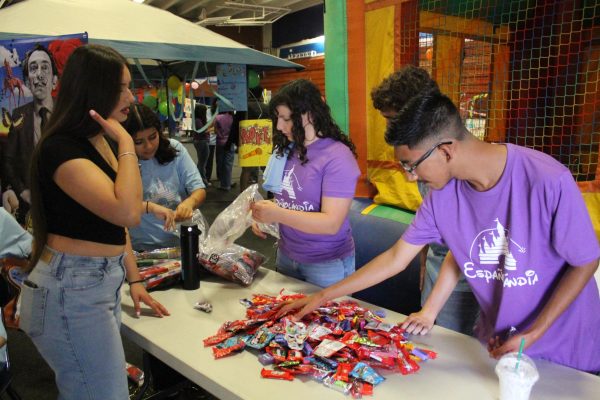IHS Clubs Girls-in-Stem, Sci & Eco, and UNICEF Collaborate for a Change
Club leaders like GIS President Madison Wong, librarian Ms. McAuley, and event attendees meet together to discuss environmental topics for the “Make A Change” event.
On Friday Apr. 16, IHS Sci & Eco, Girls in STEM (GIS), and UNICEF held their “Make A Change” event from 3:30-4:30 p.m. in order to educate students about various environmental topics. The information covered included trash segregation and sustainability innovation, the Fremont Green Challenge and tips for Freshmen’s change project, which the school librarian Ms. McAuley helped with. Each of these workshops were in different breakout rooms, which participants could rotate in and out of. The club leaders aimed to make the event more interesting by focusing on topics that were new and unfamiliar to the students.
“We chose trash segregation because most people know ‘landfill, compost, and recycle,’ but nowadays, we also have layered materials, synthetics, different numbers in the triangles on plastics, and biodegradable materials that are all more confusing,” said President of IHS Girls in STEM Madison Wong (11). “Likewise, we had a presentation about current innovations, where the goal was to introduce some up and coming technology that isn’t mainstream just yet, but could be in the next decade or so.”
In order to plan this, the workshops were spread out amongst the clubs with Sci&Eco being in charge of the innovations room, GIS in charge of the Green Challenge and Change rooms, and UNICEF in charge of the flier, trash segregation room, and main room slides. This event took four meetings and about 10-15 hours of work to create.
In the past, GIS collaborated with SciEco for STEM week, but it was their first collaboration with UNICEF. Wong explains how the idea for the collaboration fell into place perfectly, with all clubs working together and being able to complete their goals for the month.
“Sci&Eco reached out to us about doing a conservation event since Girls in STEM ran the freshman climate workshop,” says Wong.“And UNICEF’s monthly theme also happened to match up with our event goals, [so we were able to partner with all of them at once].
Overall, the event was successful with around 30 participants, which is the amount the club leaders expected to join. The breakout rooms gave the participants flexibility to rotate to each station and learn about new topics, however they did have some technical difficulties, causing the event to run overtime. This led to some students leaving before the last rotation without being able to complete all the topics. The virtual format also made it more difficult for participants to pay attention.
“Online events tend to be less engaging because presenters can’t really interact with the listeners while they’re screen sharing, for example,” says Wong. “Still, I think we were able to get around the worst of it because the whole team put a lot of effort into making the breakout rooms interactive, adding in games, videos, and Q&A sections.”
The participants found the event to be interesting and informational, and plan to apply the knowledge they learned to aspects of their life.
“The event gave us tips on how we can change our daily habits into eventually helping our planet, which I thought was very interesting as I learned many new things from it,” said participant Aashna Chadda.
“Make A Change” allowed attendees to gain knowledge about trash segregation, new green technology, and ways to help with conservation. This triple-collab between prominent IHS clubs proved to be a success, so much so that club leaders are planning to hold more events like this in the future, as conservation topics will only be more relevant in the coming years.
